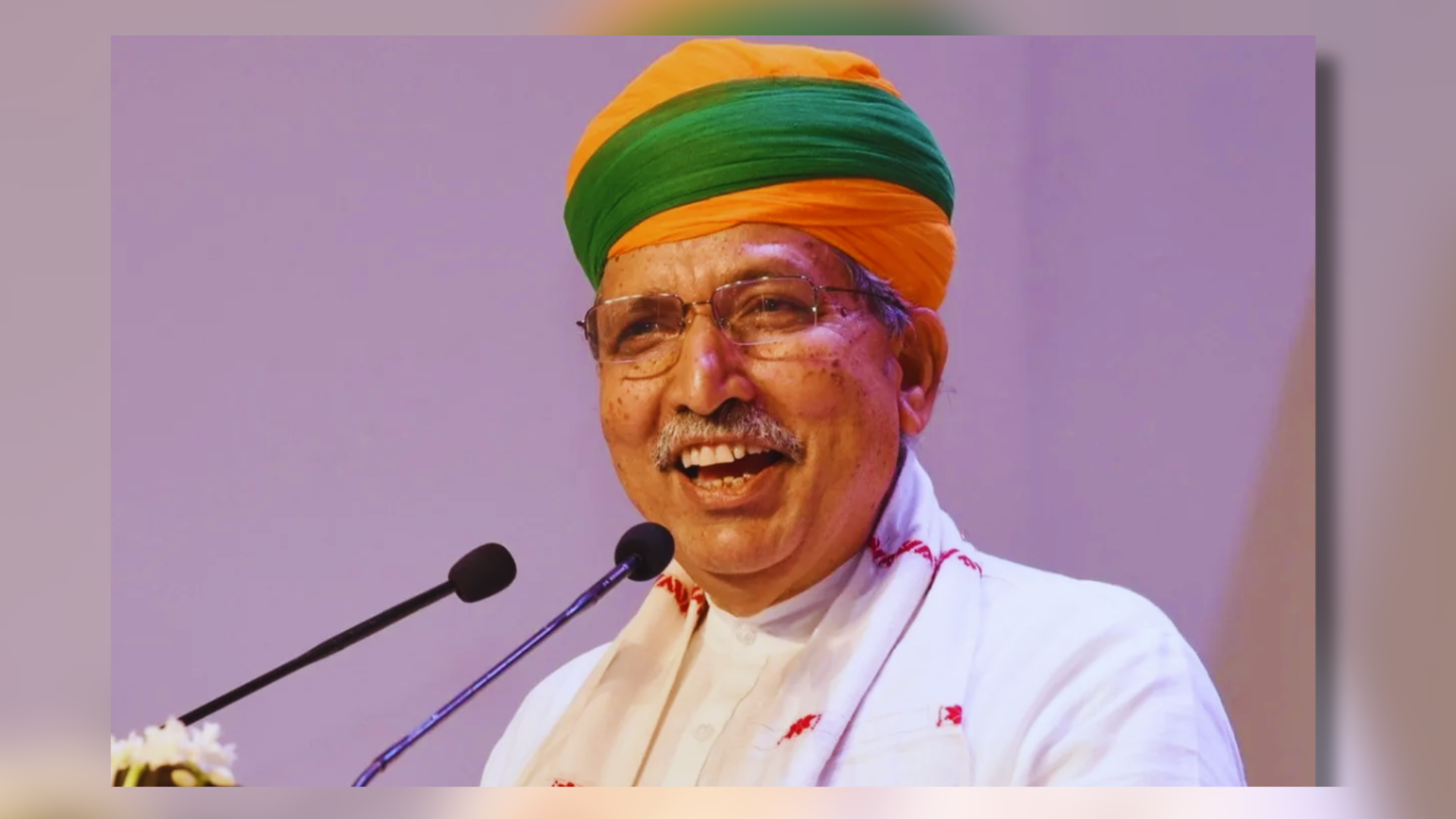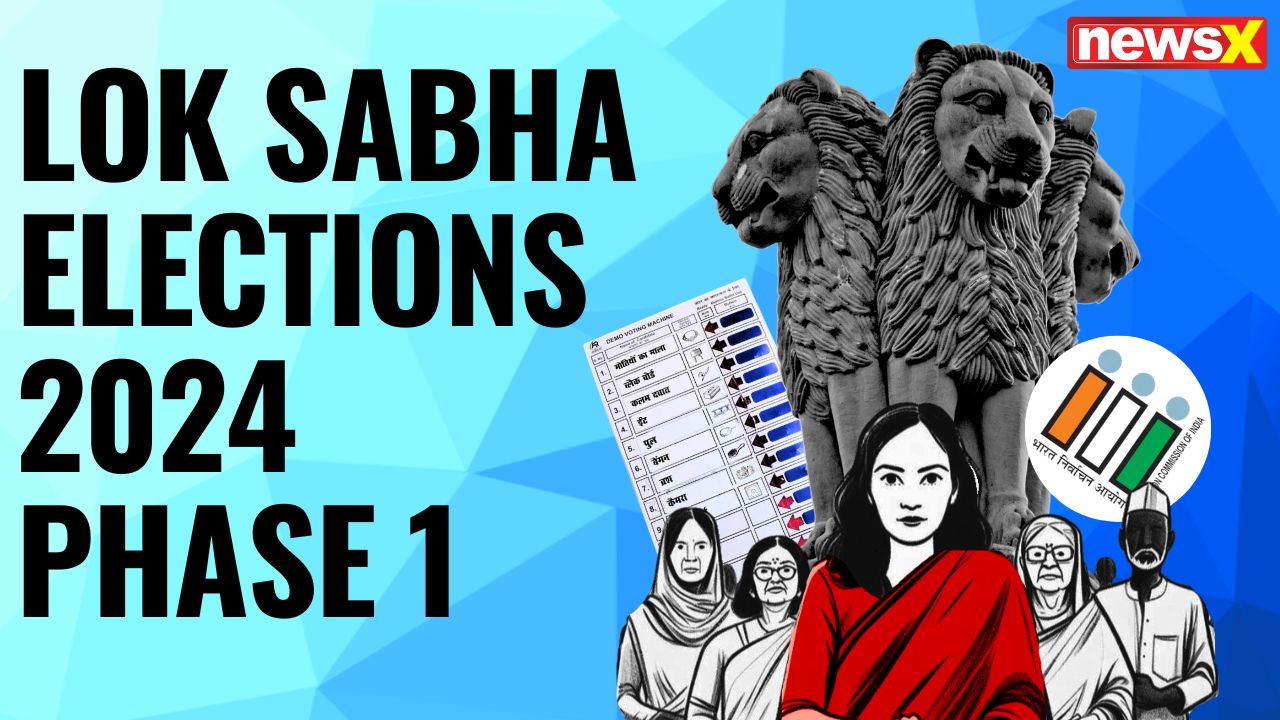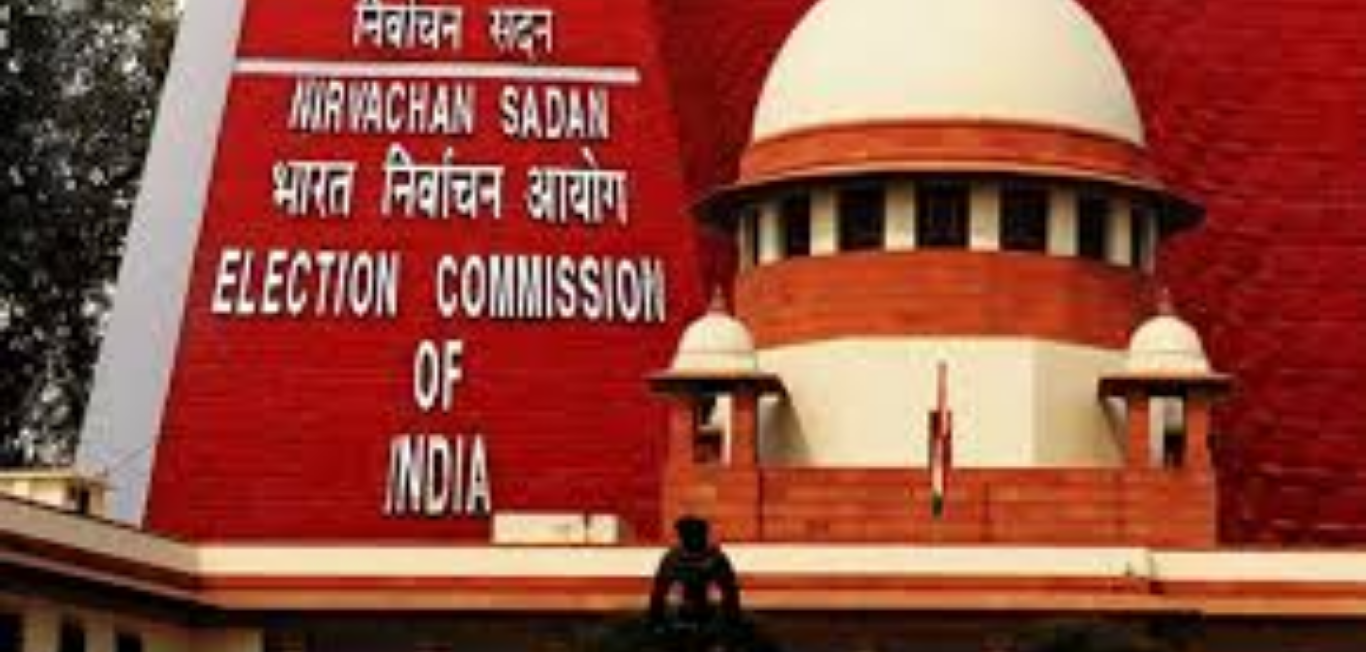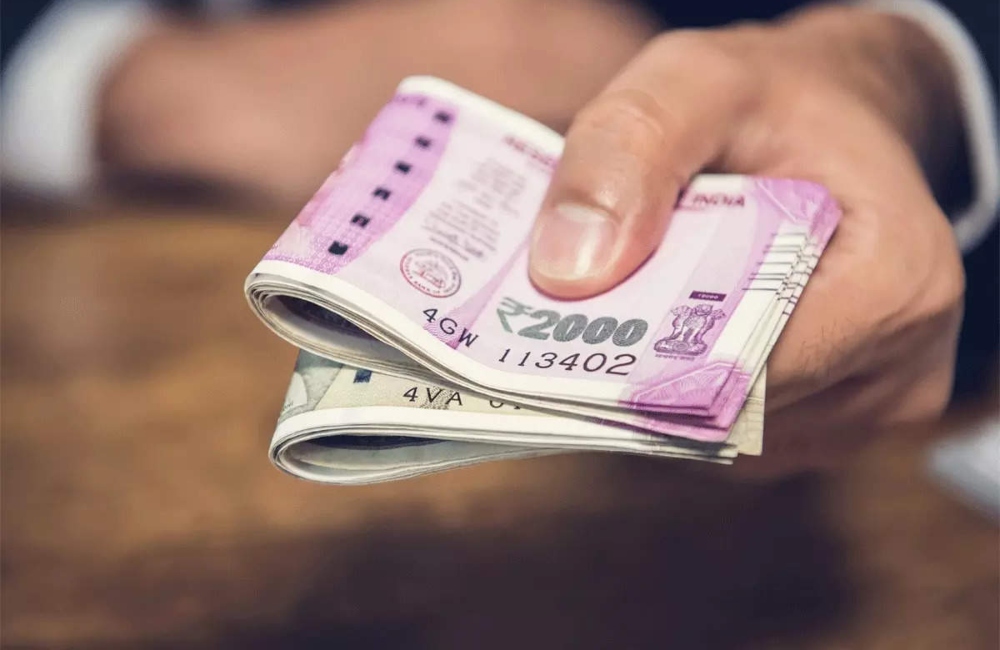










When a loan’s principle or interest payments are 90 days past due, the debt is classified as an NPA (Non-Performing Asset).
Banks have only been able to collect 13% of the debts they had written off in the previous five years, totaling over Rs 10 lakh billion.
According to information provided by the Reserve Bank of India (RBI) in response to a Right to Information (RTI) request made by a media outlet, the mega write-off exercise allowed banks to reduce their non-performing assets (NPAs), or defaulted loans, by Rs 10,09,510 crore ($123.86 billion), over the course of the last five years.
With the help of this sizable write-off, which would have been sufficient to eliminate 61% of India’s projected gross fiscal deficit of Rs 16.61 lakh crore for 2022–23, the banking industry reported that gross non-performing assets (NPAs) had decreased to Rs 7,29,388 crore, or 5.9% of all advances, as of March 2022. In 2017–18, gross NPAs were 11.2 percent.
In the previous five years, banks were able to recover just Rs 1,32,036 crore from written-off debts, as stated in the RTI response.
When a bank writes off a loan, the debt is removed from the asset book of the bank. After the borrower has missed a payment and there is a very slim likelihood of recovery, the bank writes off the debt. Following that, the lender removes the NPA, or defaulted loan, from the assets side and records the amount as a loss.
Why do banks write off loans?
A bank will write off a defaulted debt when it seems unlikely that it will be recovered. Since the written-off value may be subtracted from the earnings before taxes, it aids the bank in lowering both its NPAs and taxes.
“Following write-off, banks are expected to keep trying to recover the loan using a variety of strategies. They must also make provisions. As the written-off value is subtracted from the earnings, the tax obligation would also decrease, according to Sanjay Agarwal, a banking analyst at Care Ratings.
When a loan’s principle or interest payment is 90 days past late, it becomes a non-performing asset (NPA).
According to the RBI, write-offs reduced NPAs by Rs 13,22,309 crore during the course of the previous 10 years. In response to an RTI request, the RBI stated, “Data is as reported by the banks.”
The rough computation puts the entire amount of defaulted loans at Rs. 16.06 lakh crore (including write-offs but excludes loans recovered through write-offs in five years). When write-offs are taken into account, the overall NPA ratio rises to 13.10% of loans from the banks’ stated 5.9%.
Unsurprisingly, public sector banks reported the majority of write-offs, amounting for Rs 734,738 crore or around 73% of the total, according to the RBI.
The RBI provided the following response when asked about its write-off recommendations: “It may be noted that in a deregulated credit environment, banks have been advised to take credit-related decisions including waiving off bad loans as per their commercial assessment of the viability of the loans in accordance with their board approved policies subject to prudential norms issued by the RBI.”
The RBI stated in the RTI response that the policy on loan recoveries must specify the means of collecting debts owed, the targeted level of reduction (period-wise), the standards for permitted sacrifice and waivers, the considerations to be made before considering waivers, decision-making levels, reporting to higher authorities, and the monitoring of write-off and waiver cases.
“Recovery times might be years long. It’s been spaced out across many years,” added Agarwal.
The identities of the top loan write-offs were not disclosed by the RBI, though. The RBI said, “Information on borrower-wise loan write-off is not collected by us and, thus, not accessible to us.
Banks have written off several large and minor failed loans throughout the years, but they have never disclosed the names of the debtors. In terms of specific banks, the reduction in NPAs as a result of write-offs for State Bank of India in the last five years was Rs 2,04,486 crore, for Punjab National Bank it was Rs 67,214 crore, and for Bank of Baroda, it was Rs 66,711 crore. The reduction in NPAs attributable to write-offs at private banks was Rs 50,514 crore at ICICI Bank.
Banks regularly write down non-performing assets (NPAs) to balance their books. “However, a significant percentage of this write-off is technical in nature. Its main goals are to simplify the balance sheet and increase tax efficiency. Loans are technically wiped off from the books at the head office in “Technically Written Off” accounts, but the right to recovery is not waived. Additionally, write-offs are often applied against the total amount of provisions made for such loans. The provisions made for those loans move back into the banks’ profit and loss accounts whenever they are recovered, the RBI has previously stated in an explanation note.










